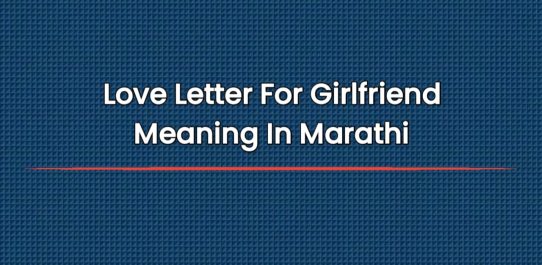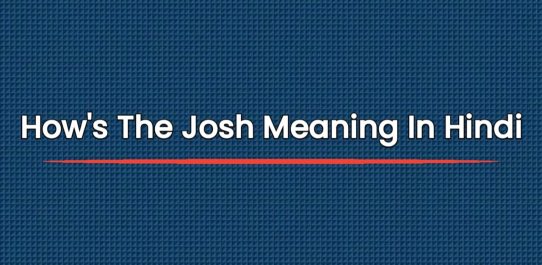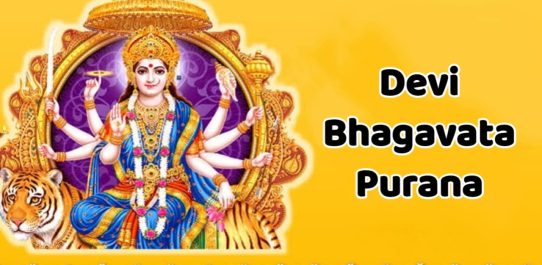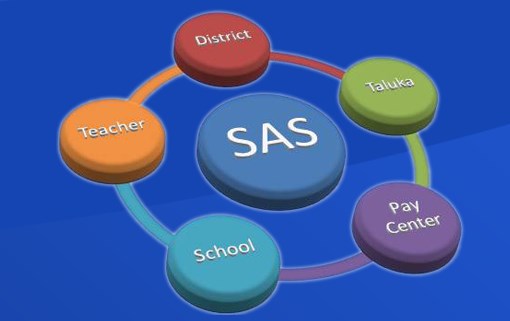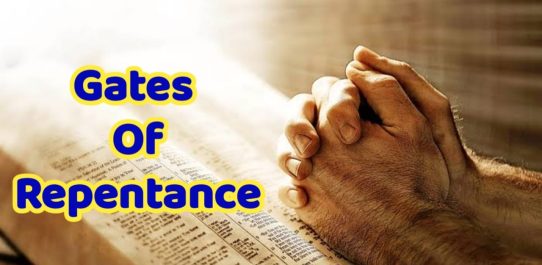Gujarat Folk Dance PDF Free Download
Gujarat, a western state in India, is a treasure trove of vibrant traditions, rich heritage, and colorful cultural celebrations. Among the many facets that make Gujarat unique, its folk dances stand out as a testament to the state’s diversity and creativity. In this article, we will take you on a rhythmic journey through the captivating world of Gujarat folk dance, exploring the history, significance, and various forms of this artistic expression.
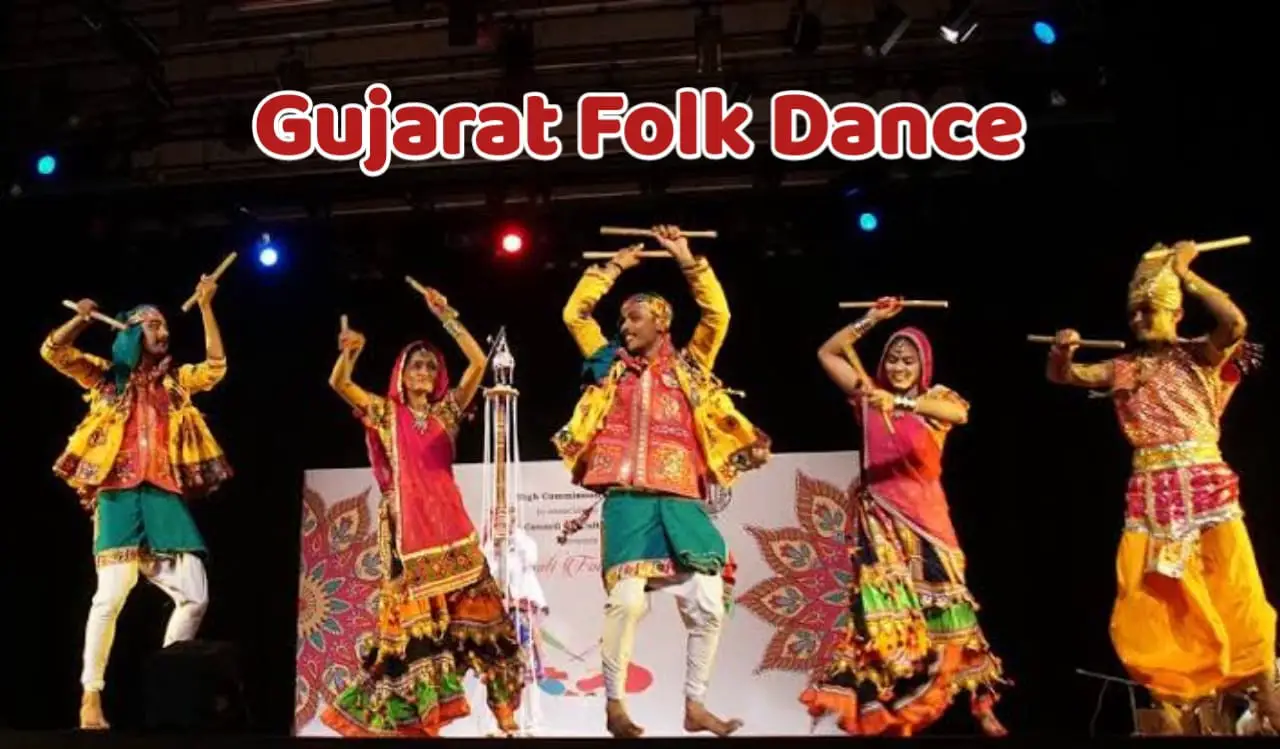
The Roots of Gujarat Folk Dance
1. Historical Origins
Gujarat’s folk dances have their roots deeply embedded in the state’s history and traditions. These dances date back centuries and are a reflection of the region’s cultural diversity.
2. Cultural Significance
Folk dances in Gujarat play a pivotal role in celebrating festivals, rituals, and social gatherings. They serve as a medium to express joy, devotion, and unity among communities.
A Symphony of Dance Forms
3. Garba – The Iconic Dance of Gujarat
Garba is undoubtedly the most famous folk dance of Gujarat. It is characterized by graceful circular movements, rhythmic claps, and colorful costumes. Garba comes alive during the Navratri festival when people gather in large numbers to dance the night away.
4. Raas – The Energetic Twin of Garba
Raas is often performed alongside Garba, and it involves vibrant stick-work and intricate footwork. This dance form narrates stories from Hindu mythology, particularly the tales of Lord Krishna.
5. Bhavai – The Art of Balance
Bhavai is a traditional Gujarati folk theater form that combines dance and drama. Performers balance multiple pots on their heads while dancing, showcasing remarkable agility and skill.
6. Tippani – The Puppet Dance
Tippani is a puppet dance form where wooden puppets are manipulated by skilled artists to create mesmerizing performances. It has been a source of entertainment and storytelling in rural Gujarat for generations.
Preservation and Evolution
7. Efforts to Preserve Traditions
In an era of modernization, cultural preservation becomes crucial. Various organizations and individuals are working tirelessly to ensure that these beautiful dance forms continue to thrive.
8. Fusion of Traditional and Contemporary
While preserving tradition is vital, Gujarat folk dances have also evolved to incorporate modern elements. This fusion has given rise to innovative dance forms that bridge the gap between the old and the new.
Also Read This : My Gujarat Essay in English
The Global Appeal
9. International Recognition
Gujarat folk dances have gained international acclaim and are often performed at cultural festivals and events worldwide. Their vibrant energy and colorful costumes have captivated audiences globally.
10. Promoting Tourism
These dances are not just a source of entertainment but also a significant attraction for tourists visiting Gujarat. Witnessing these performances offers a glimpse into the heart and soul of the state’s culture.
Conclusion
In conclusion, Gujarat folk dance is a mesmerizing tapestry that weaves together history, tradition, and artistry. These dances are not merely performances but expressions of the Gujarati people’s rich cultural heritage. As the world evolves, these traditions continue to flourish, proving that the rhythm of Gujarat’s folk dances will resonate for generations to come.
FAQs
Q: What is the significance of Garba in Gujarat?
A: Garba is a cultural celebration in Gujarat, often performed during Navratri to honor the goddess Durga. It symbolizes unity, devotion, and joy.
Q: How are puppets used in Tippani dance?
A: In Tippani, skilled artists manipulate wooden puppets to create intricate dance performances that tell stories from Gujarati folklore.

